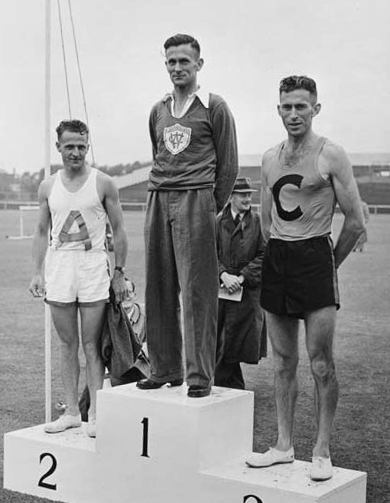I think you are losing sight of what your original arguments were: "Doping was known to be present in the '56 Olympics. So how do you know that drugs weren't available in the late '60s and '70's when Kenya entered running?" and the above "The IOC developed a programme for drug testing in 1967, because of the increase in the use of performance enhancing drugs which had been occurring in the years before then."
These sweeping comments are not unique to Kenya. This, coupled with your given of "drugs = performance", means we should equally suspect all of the high performances from New Zealand and Australia and American of the '60s, and additionally, the USA and the Brits in the '70s and the '80s, because, after all "how do you know that drugs weren't available?"
Another thing that supports the view of recent changes in doping and anti-doping, specifically in 2022 (and a significant part of that 40% that has impressed you so much), comes from the AIU again. New for 2022 in Kenya is an increase in the positive results from one single glucocorticoid, coinciding with WADA changes with respect to when it is legal. According to an AIU press release:
"a recent trend in Kenyan athletics regarding triamcinolone acetonide, with ten Kenyan athletes testing positive for that prohibited substance between 2021 and 2022"
"... (and until 1 January 2022), glucocorticoids were not prohibited when administered by local injection".
